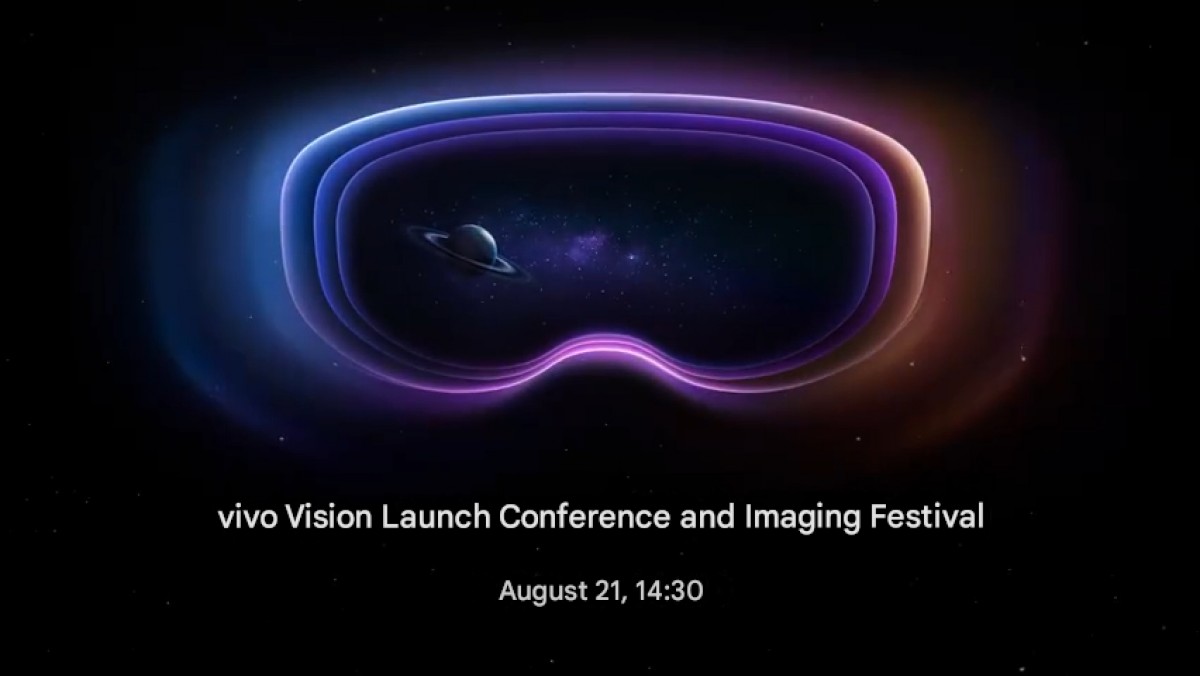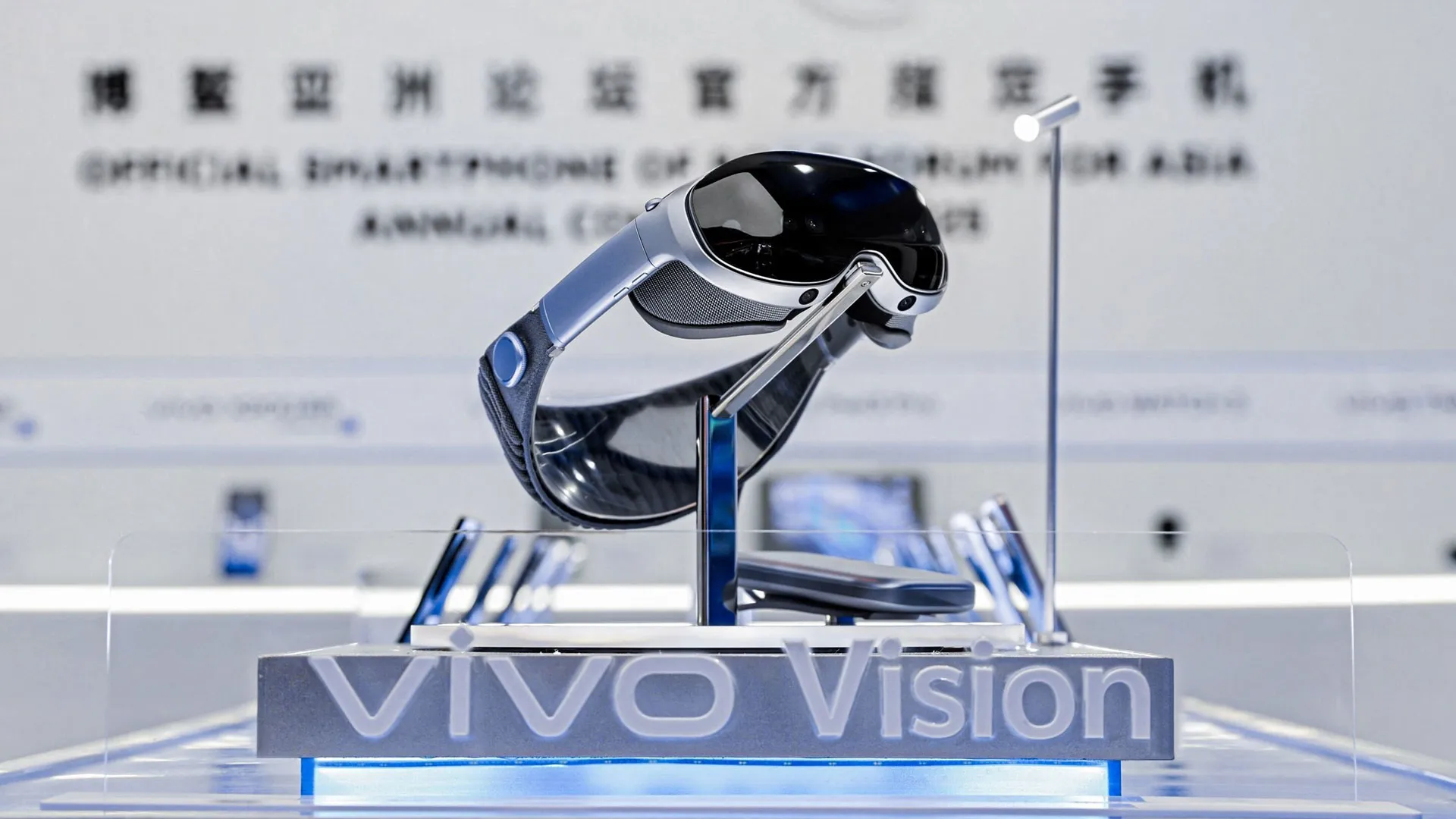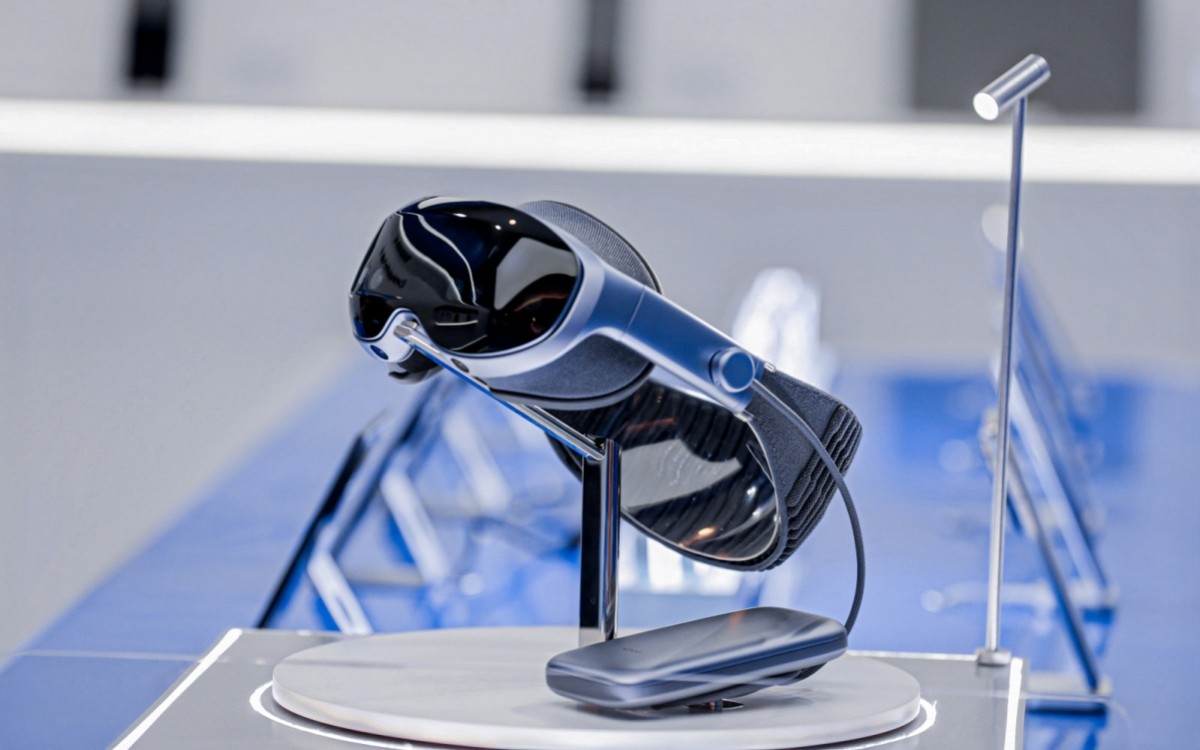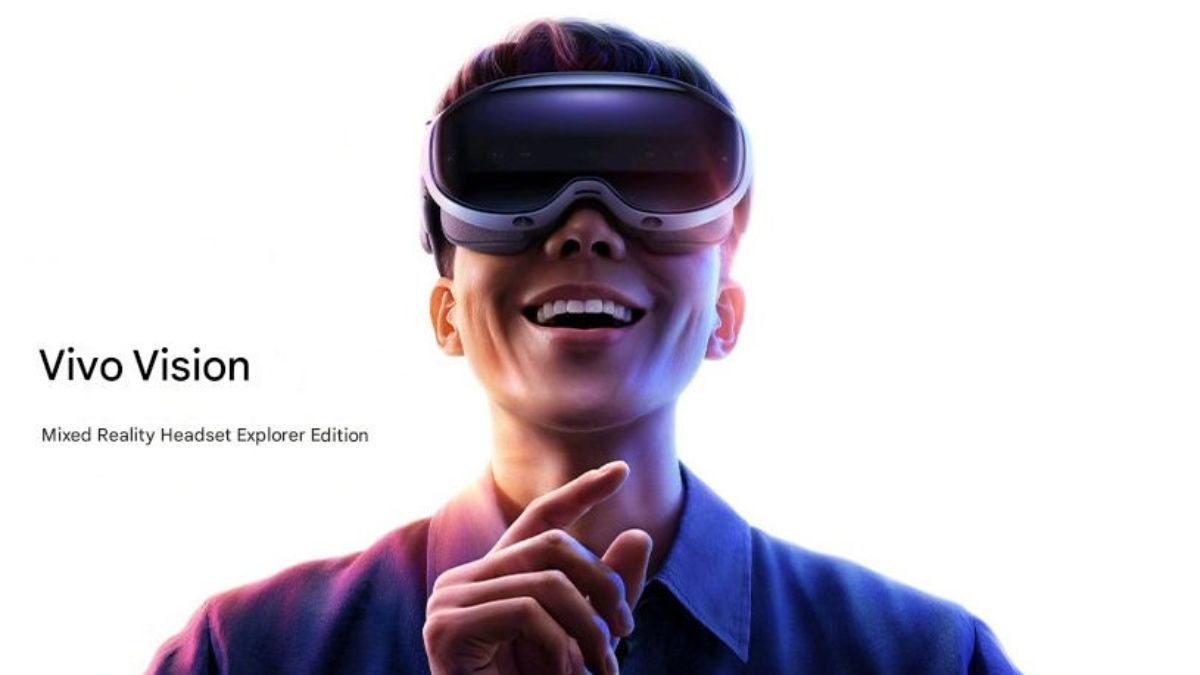Vivo Vision Mixed Reality Headset: A Deep Dive into Specs, Features, and How It Stacks Up Against Apple Vision Pro
Published on: 3 months ago (Aug/13/2025)
Overview
Vivo’s upcoming Vivo Vision is a mixed reality (MR) headset designed to rival the Apple Vision Pro with a lighter, more comfortable design and a potentially lower price.

The mixed reality (MR) space is heating up, and Vivo is stepping into the ring with its highly anticipated Vivo Vision headset. Set to launch soon, this device is already drawing comparisons to Apple’s Vision Pro—but with some intriguing differences that could make it a compelling alternative.
In this in-depth blog, we’ll cover:
Design & Comfort – How it feels compared to competitors
Display & Visual Experience – What we know about resolution, FOV, and more
Performance & Software – Processor, OS, and app compatibility
Controls & Interaction – Hand tracking, voice commands, and accessories
Battery Life & Connectivity – Will it last longer than the Vision Pro?
Launch Details & Expected Price – Release date and availability
Vivo Vision vs. Apple Vision Pro – Key differences and who should buy which
1. Design & Comfort: A Lighter, More Wearable Alternative?
First Impressions: A Familiar Yet Distinct Look
At first glance, the Vivo Vision bears a striking resemblance to the Apple Vision Pro, featuring:
-
Grey fabric facial interface (for breathability and comfort)
-
Adjustable rear strap (for a secure fit)
-
Detachable external battery pack (to reduce weight on the head)
-
Metallic-finish side arms (giving it a premium look)
However, Vivo’s Product Manager, Han Boxiao, claims the headset is "extremely light"—comparing its comfort to wearing AirPods Max headphones.
Weight & Ergonomics: A Major Advantage Over Vision Pro?
-
Estimated weight: 350–400 grams (vs. Vision Pro’s 600–650g)
-
Balanced weight distribution (thanks to the external battery)
-
Soft cushioning around the eyes and forehead for extended use
Why This Matters:
A lighter headset means less neck strain, making it more suitable for long gaming sessions, productivity work, or movie-watching.
2. Display & Visual Experience: How Good Is the Mixed Reality?
While Vivo hasn’t revealed full specs, leaks and hands-on impressions suggest:
Possible Display Specs:
-
Dual Micro-OLED panels (similar to Vision Pro)
-
High resolution (4K per eye?) – For sharp text and immersive visuals
-
Wide field of view (FOV) (~120°?) – Reducing the "goggles effect"
-
High refresh rate (90Hz or 120Hz?) – Smooth motion in VR
Mixed Reality Features:
-
Passthrough cameras (for blending real-world surroundings with digital content)
-
Adaptive brightness & color calibration (for natural-looking visuals)
Early Verdict:
If Vivo delivers Vision Pro-level clarity at a lower price, this could be a game-changer for MR enthusiasts.
3. Performance & Software: Can It Compete with Apple’s Ecosystem?
Processor & Hardware
-
Qualcomm Snapdragon XR2+ Gen 2 (expected) – The same chip powering Meta Quest Pro 2
-
12GB RAM + 256GB/512GB storage options (rumored)
Operating System & Apps
-
Android-based XR OS (likely customized by Vivo)
-
App compatibility – Will it run Android VR apps or have its own store?
Key Concern:
Apple’s Vision Pro benefits from deep iOS integration—will Vivo’s software feel as polished?
4. Controls & Interaction: Gestures, Voice, and Controllers?
From the demo, we know:
Hand-tracking gestures (like Vision Pro) – Pinch, swipe, and grab controls
Voice commands (via built-in mics)
Optional controllers? (No confirmation yet)
Potential Advantage:
If Vivo supports Bluetooth gamepads or keyboard input, it could be better for productivity than Vision Pro.
5. Battery Life & Connectivity: How Long Will It Last?
-
External battery pack (like Vision Pro) – Estimated 2–3 hours of continuous use
-
USB-C charging (fast charging support?)
-
Wi-Fi 6E & Bluetooth 5.3 (for wireless accessories)
Disappointment?
Battery life seems similar to Vision Pro, meaning users may need frequent recharges.
6. Launch Date & Expected Price
-
Official Launch: August 21, 2025 (China)
-
"Exploration Edition" Trial – No full retail release yet; users can register for in-store demos
-
Expected Price: $1,500–$2,000 (vs. Vision Pro’s $3,499)
If priced aggressively, Vivo Vision could undercut Apple significantly.
7. Vivo Vision vs. Apple Vision Pro: Which Should You Buy?
| Feature | Vivo Vision | Apple Vision Pro |
|---|---|---|
| Weight | ~350–400g (lighter) | ~600–650g (heavier) |
| Display | Likely 4K Micro-OLED | Dual 4K Micro-OLED |
| Processor | Snapdragon XR2+ Gen 2 | Apple M2 + R1 |
| OS | Android-based XR OS | visionOS (deep iOS integration) |
| Price | $1,500–$2,000 (expected) | $3,499 |
Who Should Buy Vivo Vision?
Android users who want a high-end MR headset
Budget-conscious buyers who can’t justify Vision Pro’s price
Those who prioritize comfort for long sessions
Who Should Stick with Vision Pro?
Apple ecosystem loyalists
Professionals needing advanced eye/hand tracking
Users who want the best display & software polish
Final Verdict: A Strong Contender, But Can It Beat Apple?
The Vivo Vision looks like a promising alternative to the Vision Pro—lighter, potentially cheaper, and packed with high-end specs. However, Apple’s superior software and app ecosystem still give it an edge.
If Vivo can deliver a smooth Android XR experience, this could be the best MR headset for non-Apple users.
What do you think? Will you try the Vivo Vision, or are you waiting for something else? Let us know in the comments!
